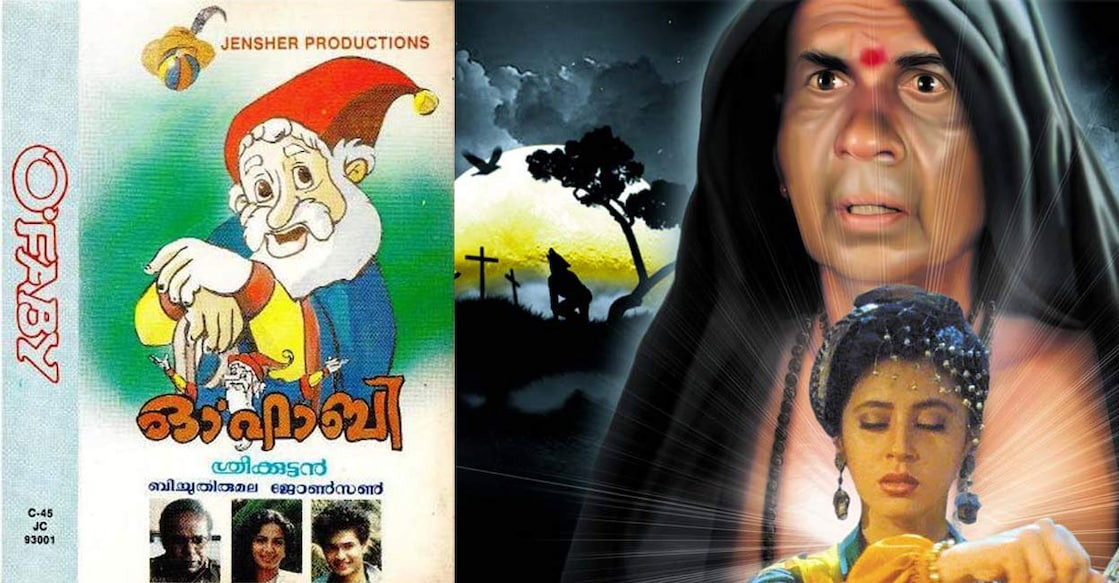'Bramayugam' experiment: Tracing the technical evolution in Malayalam cinema

Mail This Article
'Bramayugam', which is Mammootty's latest release, is one of Malayalam cinema's most experimental works in recent years. The movie is a black-and-white marvel and was created by film director Rahul Sadasivan, buoyed by the success of his previous work, 'Bhoothakaalam.'
Though some filmmakers, post the 1980s, have used black and white format to show flashback scenes, very few directors since then had the courage to experiment with the format completely. Independent filmmaker Don Palathara, however, is an exception and made three black-and-white movies – Shavam, Vith, and Central Travancore, to date. Rajeev Ravi used the format partially to depict the early stages of his characters' lives in the 2023 film ‘Thuramukham’.

Malayalam cinema’s tryst with technology and big-scale technical experiments began much before the 1980s. The biggest experiments were conducted by Navodaya Studio, with Maliampurackal Chacko Punnoose (Navodaya Appachan) at the helm. ‘Thacholi Anbu’ was Mollywood’s first cinemascope film and opened avenues for experimentation in Malayalam cinema. It was followed by ‘Padayottam’, helmed by Navodaya Appachan’s son Jijo Punnoose. The movie created history by becoming the first 70mm film that was made using the expertise of Indian technicians, unlike its Bollywood predecessor Sholay, which was a 70 MM film made with international technicians.
After a few years, Jijo took the biggest leap in Malayalam film history by directing India’s first 3D film. The filmmaker reportedly travelled to the United States of America several times and invested heavily in a special camera for the purpose. Apart from its technical brilliance, the film went on to become path-breaking in many ways.

'O Faby', Asia’s first hybrid movie (live-action and animation) directed by Sreekuttan and Sreekumar Krishnan Nair, may have been much ahead of its times when it was released in 1993. Today, it stands testament to Mollywood’s ability to think outside of the box. Who can forget Faby, the animated character and his relationship with the adolescent Rogue Tharakan? Though not celebrated like other experimental films of that era, the filmmakers deserve appreciation for creating such a masterpiece.
The 2011 film ‘Chaappa Kurishu’ directed by Sameer Thahir was the first full-length feature film to be shot using a Canon 7D DSLR camera. Before that, V K Prakash made ‘Moonamathoral’, which was the first film to be shot and distributed in digital format. ‘C U Soon’, directed by hit filmmaker Mahesh Narayanan, became India’s first screenlife film and was entirely shot using an Android phone during the Covid lockdown. The movie was made using visuals shot entirely on devices like the computer and the mobile phone.

Speaking about the developments in Malayalam cinema, V K Prakash, who began as an ad filmmaker, said a lot of experimentation is possible now because of the digitalization in filmmaking. “A lot of things have changed in Malayalam cinema now. Notwithstanding, even when movies were made using films, directors like A Vincent were at the peak of experimentation. There are two kinds of experimentation – content and form. I am a filmmaker who experimented with both kinds. If ‘Punaradhivasam’ dealt with the theme of living together, ‘Moonamathoral’ was an experiment in form. There is a waterfall shot in one of my movies. I applied the concept used in ad filmmaking for the song. Maybe these experiments were possible since I was into ad filmmaking, where we got exposed to the latest technology,” he said.


